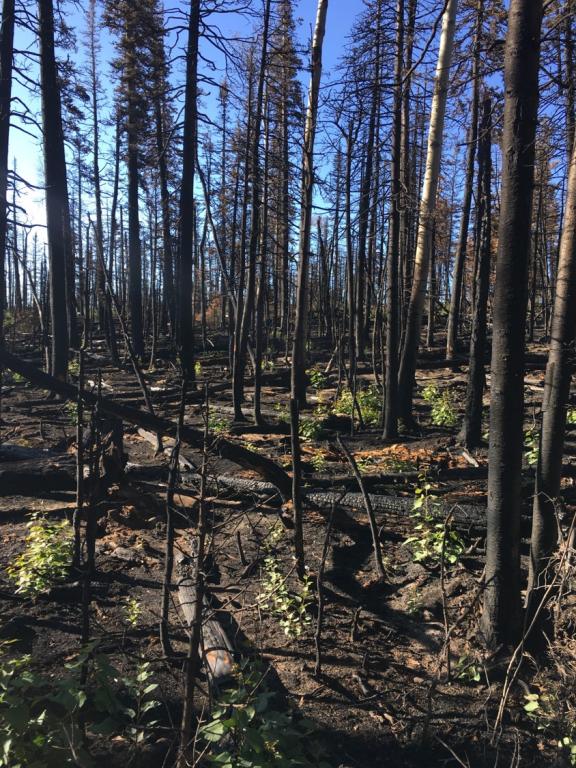An Oak Ridge National Laboratory research team discovered that aspen saplings emerging after wildfire have less diverse microbiomes and more pathogens in their leaves, providing new insights about how fire affects ecosystem recovery.

This study demonstrated, for the first time, the indirect impacts of fire on microbes throughout plant structures.
“The leaves of these saplings never experienced fire, but we were able to show differences in their microbiome compared to saplings from unburned areas,” ORNL’s Chris Schadt said. “Since aspen saplings are clonally derived from the surviving roots, we had thought the leaves might be populated by organisms that were drawn up through the common root. That didn’t happen.”
The ORNL team plans to further study how microbes repopulate plants after fire. Additional analysis could inform ways to speed vegetative regeneration and the host of benefits that come with healthy forests, from clean water to biodiversity to carbon capture.






